Andrea Cryer is a Textile Fine Artist who draws with thread to create unique portraits and landscapes.
She has twice been a finalist in the prestigious Hand & Lock Embroidery Prize competitions and has exhibited with Art of the Stitch Biennial International Open Touring exhibition organised by The Embroiderers Guild, alongside artists such as Shizuko Kimura, Alice Kettle, Tilleke Schwarz and Sue Stone.
In this interview, Andrea reveals how she creates art that, from a distance, can look like pen and ink. We discover what techniques and materials she uses to make these arresting images and why singing whilst working at her trusty Bernina helps get the job done!
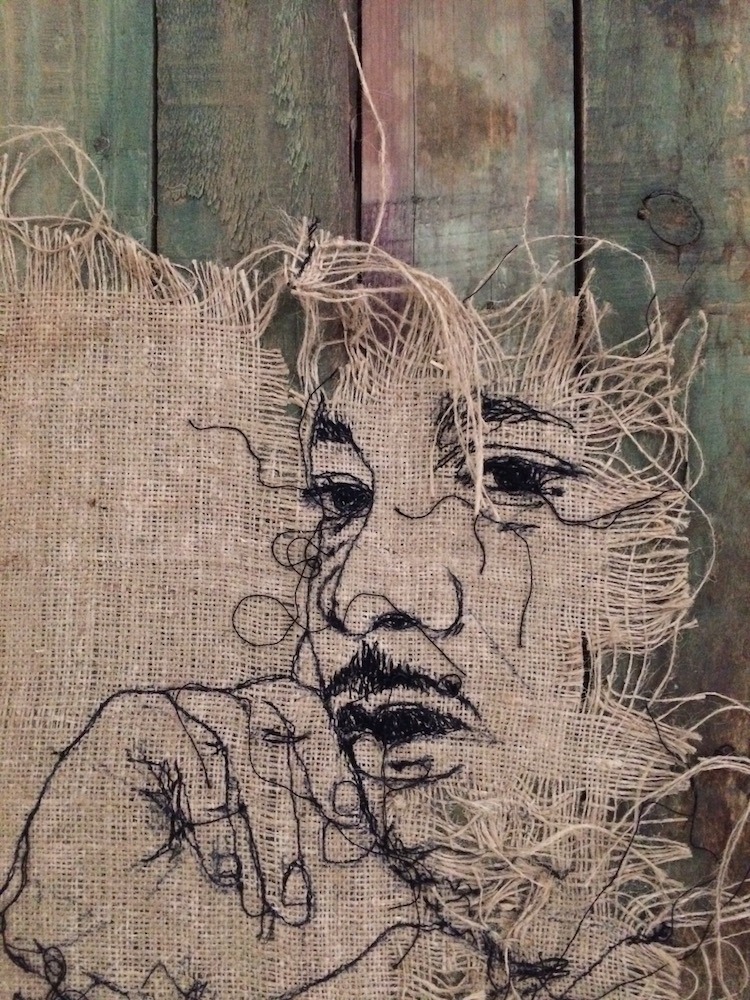
Scouting for pins
TextileArtist.org: What or who were your early influences and how has your upbringing influenced your work?
Andrea Cryer: I learnt about sewing and developed my love of textiles from both my parents. My mum made clothes and knitted cardigans for me and my three sisters. My dad was a tailor who made fabulous suits with wonderful linings. I have happy memories of scouting the kitchen floor with his large magnet picking up stray pins and needles.
I learnt to sew properly whilst at school. I was the only person in the class brave enough to make a pair of pyjamas instead of an apron! They were navy blue with a white lace edged collar.
What was your route to becoming an artist?
Well, it has taken me a long time!
I have always drawn, sewn and knitted. I once made a crochet bikini using wool, with a cotton lining. Needless to say, one dip in the pool and a resulting saggy bottom, meant it was immediately resigned to the bin.
I am a little more discerning with my choice of material these days.
I took Art A Level but went on to do a degree in Law & Psychology. Working as a Solicitor for a number of years and teaching Law for a while, meant I put my creativity on hold.
After having four children and whilst working part time I enrolled in a Professional Development Award course in Art and Design at Wiltshire College. This was followed by a Foundation Course at Bath College, run by two very inspiring tutors, David Hyde and David Cobb, which I absolutely loved and which prompted me to do a degree in Creative Art, Fine Art & Textiles, at Bath Spa University.
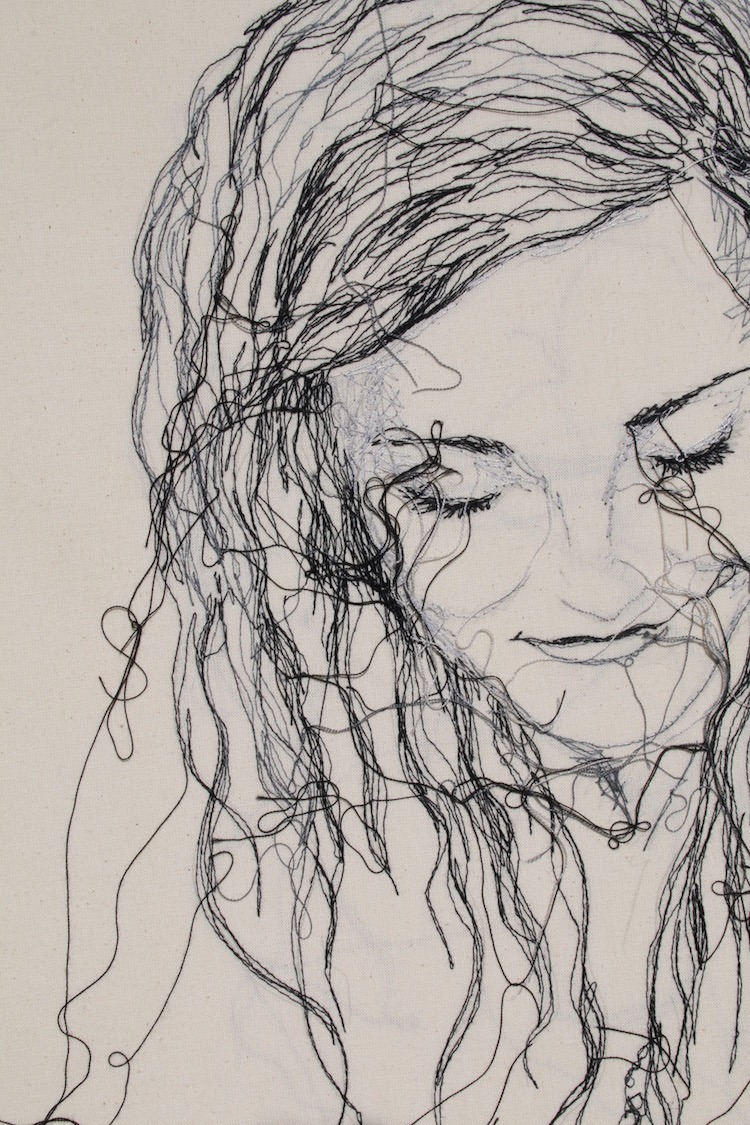
The degree course reintroduced me to embroidery, knit, weave, and print which were mandatory modules in the Textiles department, together with etching, linocut and monoprint in the Printmaking department. All of these disciplines helped develop my interest in mark making and ultimately in stitch as a means of drawing.
My favourite machine at uni apart from the Irish Singer machine was the humungous, noisy industrial needle punch machine. This had a multitude of barbed needles which punched through layers of fabric pulling threads from the bottom layers up through to the top layer, basically destroying the fabrics in the process but also producing wonderful textural material.
The idiosyncratic nature of the needle punch machine meant that you could never be guaranteed the result you hoped for but were often delighted with a happy accident!
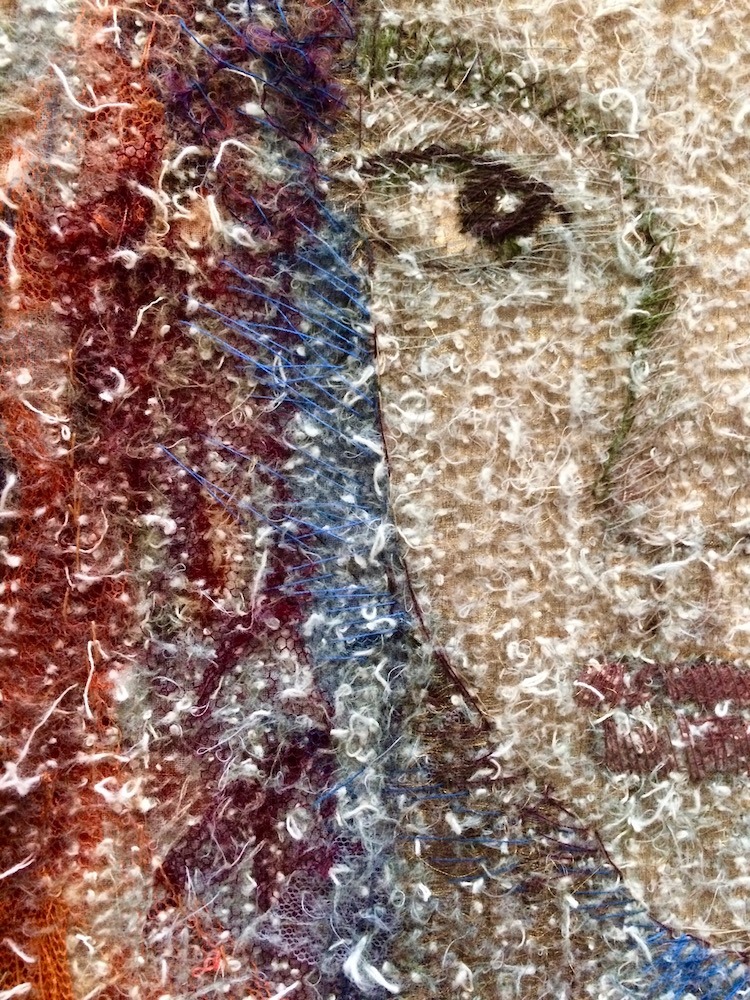
Tools and texture
Tell us a bit about your chosen techniques.
I use thread as a tool for drawing. This could be fine silk for stitching by hand and machine or wool, rope, wire or perhaps even plastic washing line.
My first ever portrait created way back in 1974 was drawn with string on hardboard. My latest portrait is part of a series stitched by hand on stainless steel mesh using waxed thread.
This latter work follows an exploration of drawings using materials which can be displayed indoors or outdoors.
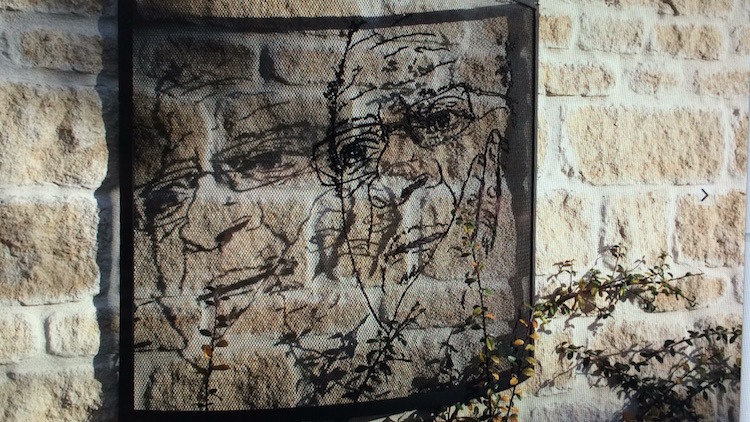
Although I like to experiment with different material and textures, my main concern is with mark making.
I am most happy when stitching freely on my old [easyazon_link identifier=”B0037IPE0S” locale=”UK” tag=”wwwtextileart-21″]Bernina sewing machine which I bought secondhand some years ago.
It is a real workhorse and is truly robust, fortunately! and has withstood lots of abuse over the years, from running it nonstop hours at a time, to making it produce ridiculously long stitches using free motion embroidery. I do have it serviced regularly, so I am also respectful of it!
When drawing with thread, I tend to use black and a range of grey yarns on differing weights of fabric, such as cotton, canvas and linen.
Colour is added using disperse dyes which I hand print onto the drawn image after it has been stitched. This is a labour intensive process as each colour is applied separately and may be built up in layers to achieve the depth of tone or effect needed.
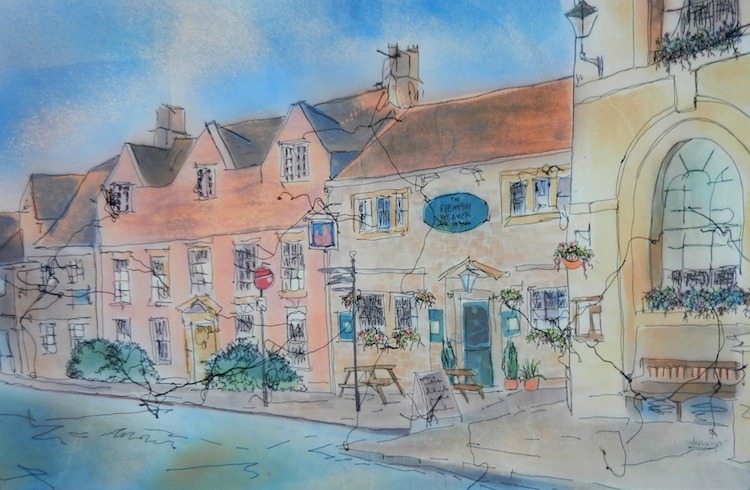
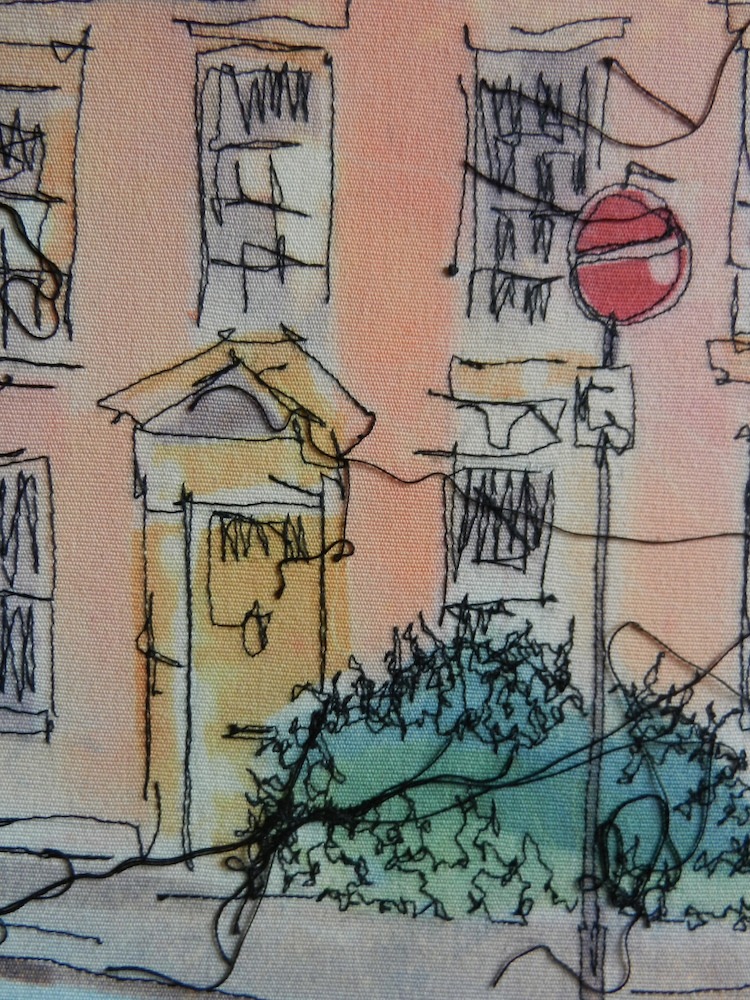
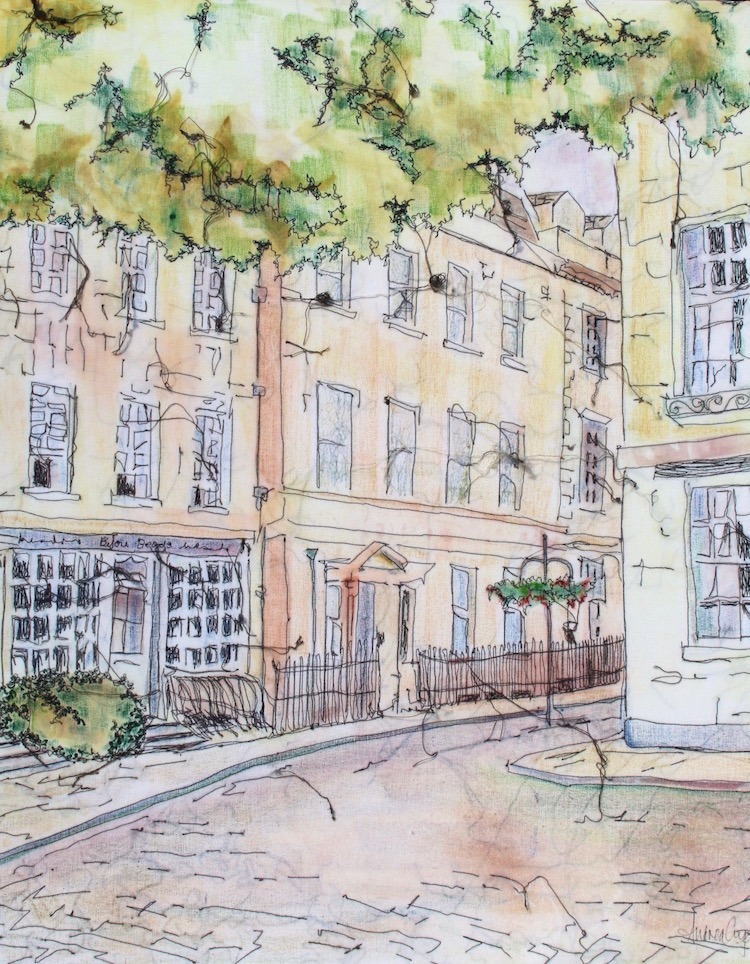
I have recently started to add a tinted background to my stitched portraits, in an endeavour to reflect some of the personality of the sitter
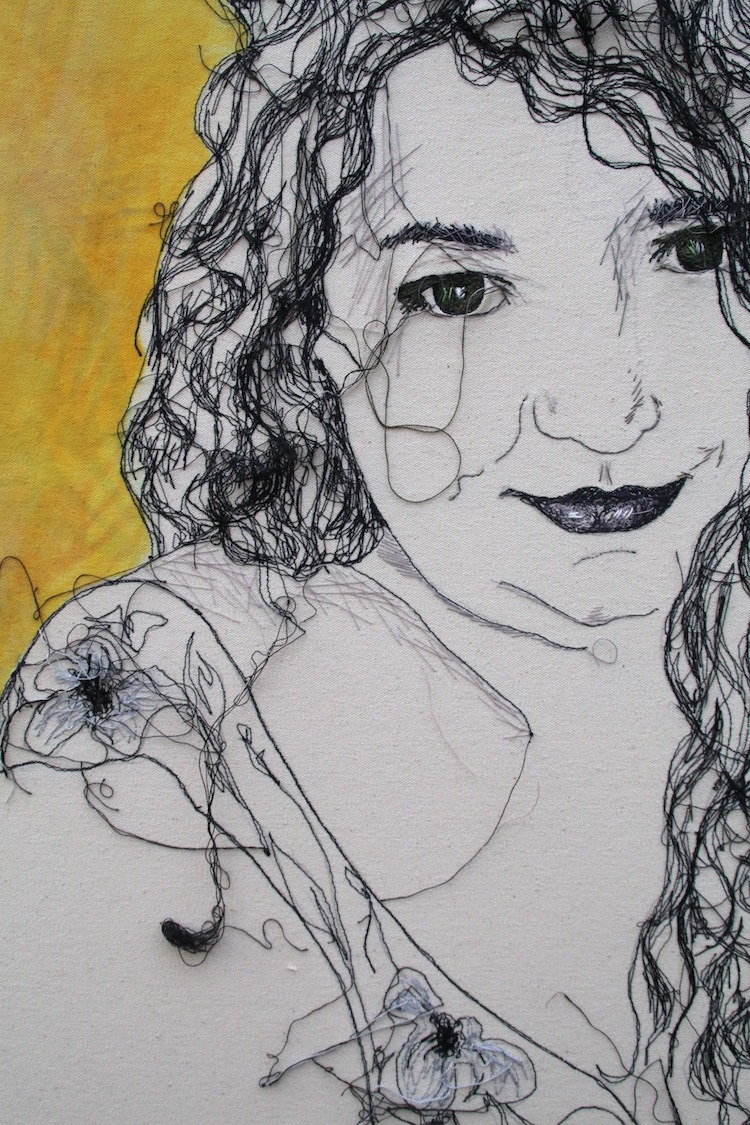
How would you describe your work and where do you think it fits within the sphere of contemporary art?
Most of my work, such as the portraits and townscapes are drawings which look like pen and ink from a distance, but which are shown to be something different on closer inspection.
I’m not sure if it fits into any particular classification. It is a mix.
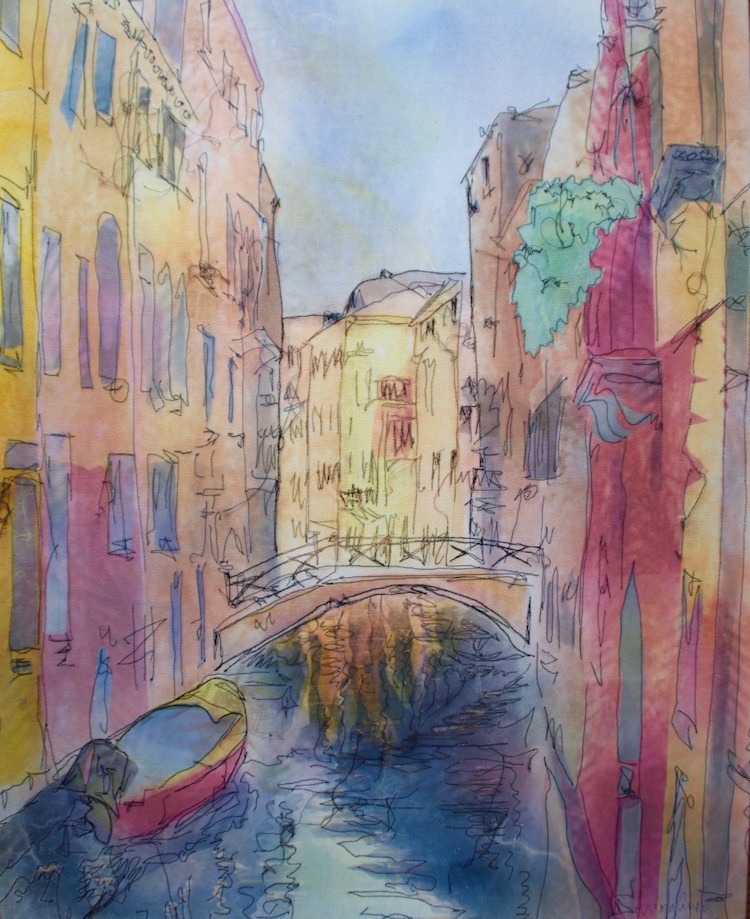
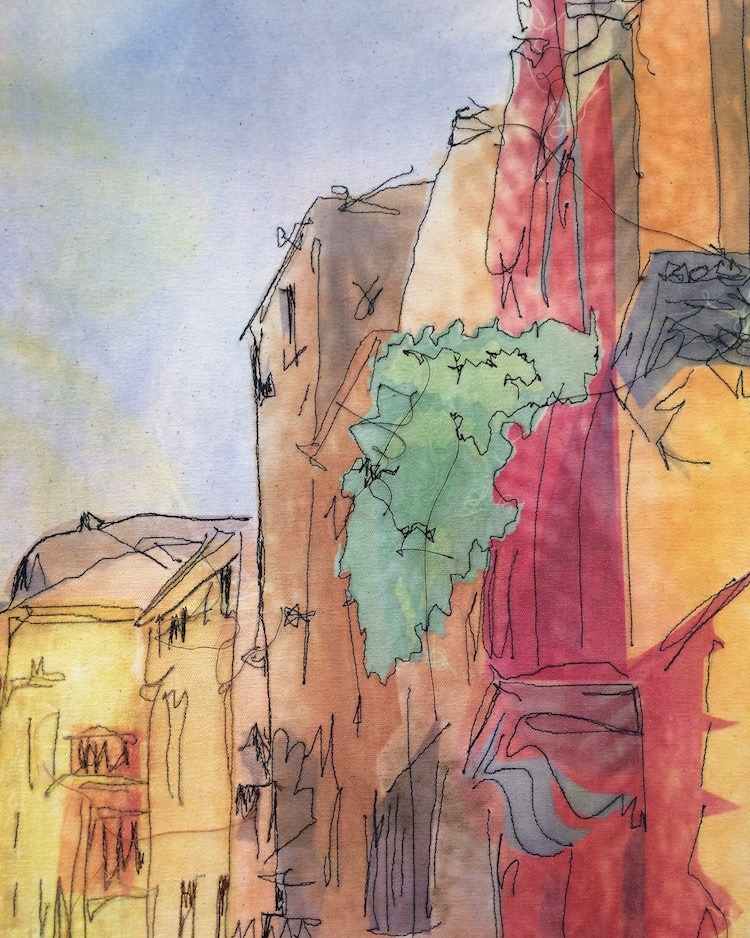
Looking with fresh eyes
Tell us about your process from conception to conclusion.
I usually have a few projects on the go at the same time. Part of my process involves retreating from a piece of work for a few days, or even weeks. I can then go back to it with fresh eyes making notes of where I might need to make changes, such as adding denser stitching to an area or highlighting an element with additional hand stitching.
When starting a new portrait, I always begin by stitching the eyes. This is usually done with dense machine stitching. I have to get it right because it is very difficult to unpick and if wrong, usually means starting the portrait afresh.
Once the eyes are in place, I can tackle the rest of the features, hair and shoulders using machine stitching.
Hand stitching is done last. This could involve hundreds of tiny stitches to represent a beard or perhaps long crosshatched stitches to add shading to a cheek or forehead.
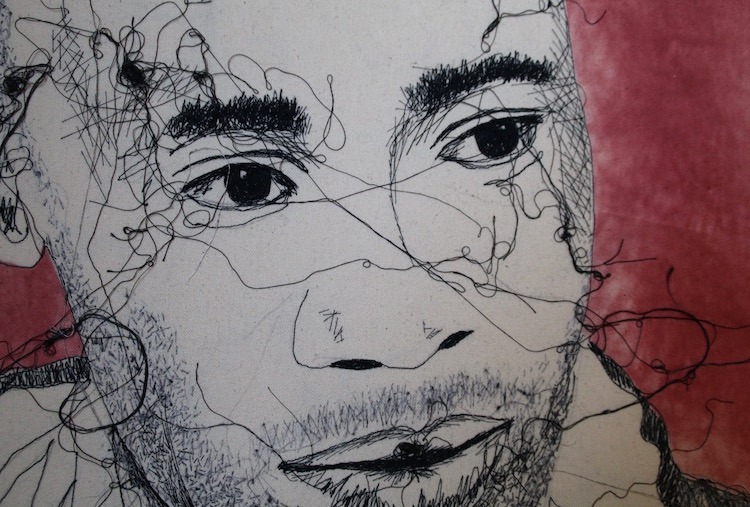
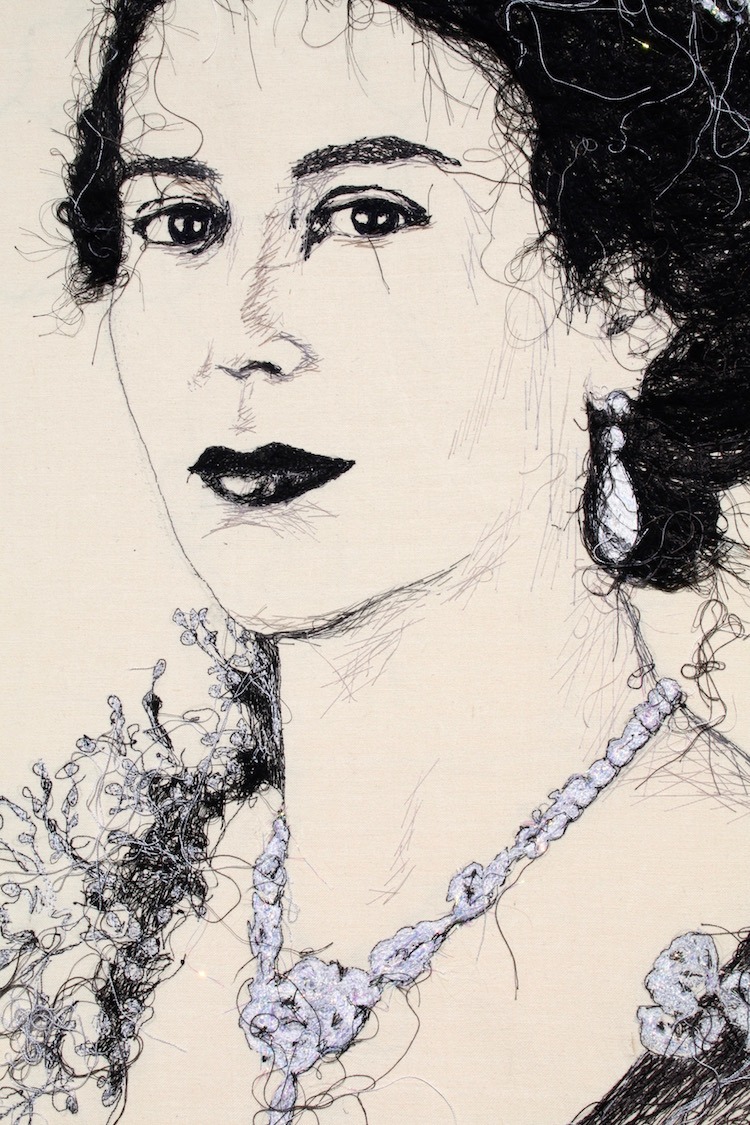
Threads are left loose as part of the drawing to give an element of spontaneity and movement to the image.
It takes an age to sew in and secure the threads at the back of each drawing. Once this is done, the completed image is stretched onto a readymade canvas frame ready for hanging.
Another project I am developing, ties in with my having worked as a Solicitor.
In this digital age, many old deeds, called Indentures, have become obsolete and are often discarded. Handwritten on parchment and maybe centuries old, they detail the sale and purchase of land and property.
I have created a series of landscape drawings using original Indentures, which have been painted stitched and embellished, bringing them back into public view with a new lease of life.
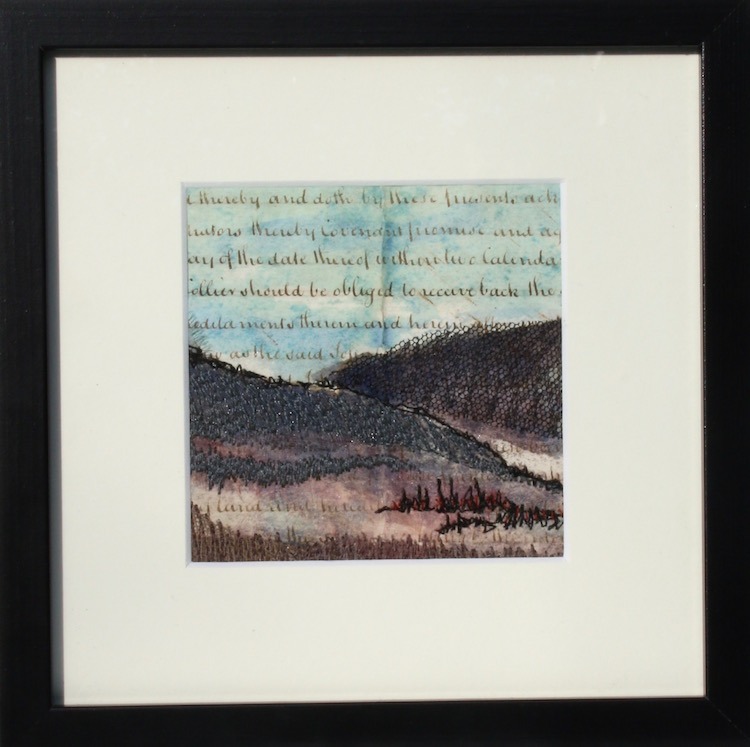
My haphazard space
What environment do you like to work in?
I have a study at the top of the house, overlooking the railway station and with lovely views over the town. You will find me surrounded by shelves bulging with boxes of fabrics, yarn, paints, inks and dyes. It all looks pretty haphazard, but I sort of know where everything is.
Whilst working I usually listen to Desert Island Discs, TED talks and an eclectic playlist of music from Hendrix to Einaudi. I occasionally sing as I work. Tunelessly, but that’s ok as no one can hear me in my eyrie.
Tell us about a piece of your work that holds particularly fond memories and why?
Kath 18 & 88 is a diptych consisting of two portraits of my late mother-in-law. The first is based on an old sepia photograph of Kath when she was 18. It is drawn with black and grey threads.
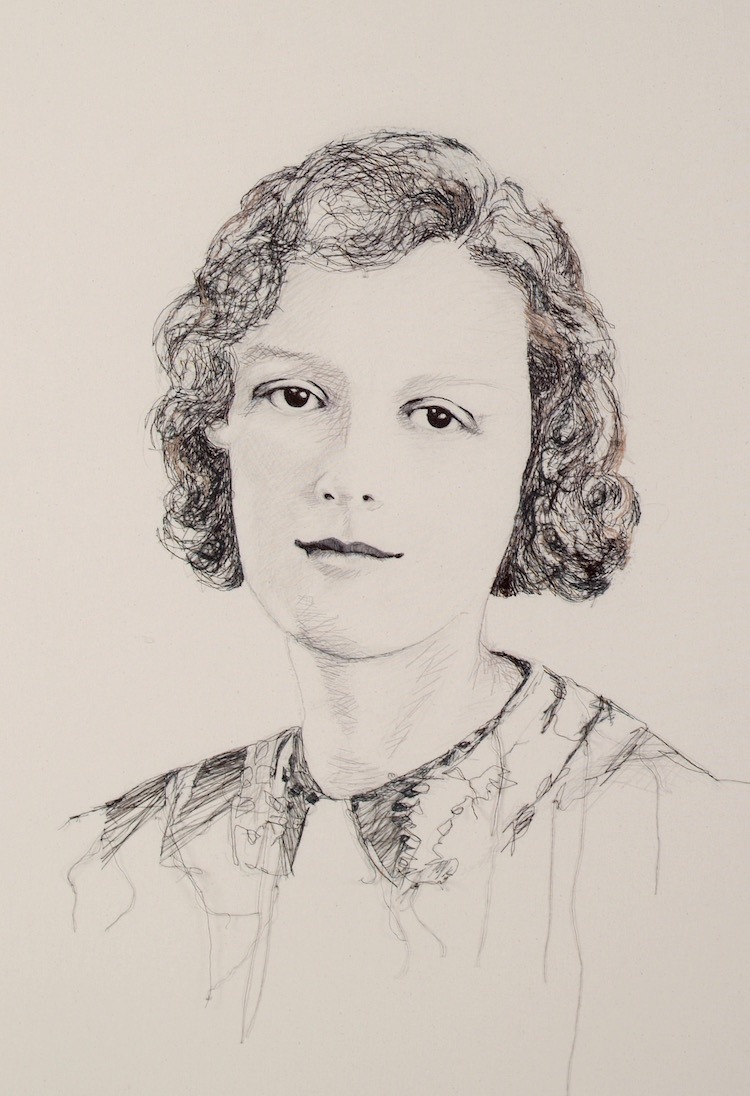
Some of my daughter’s hair is stitched within Kath’s hair and some of the thread used is cotton that I unpicked from a skirt that belonged to Kath.
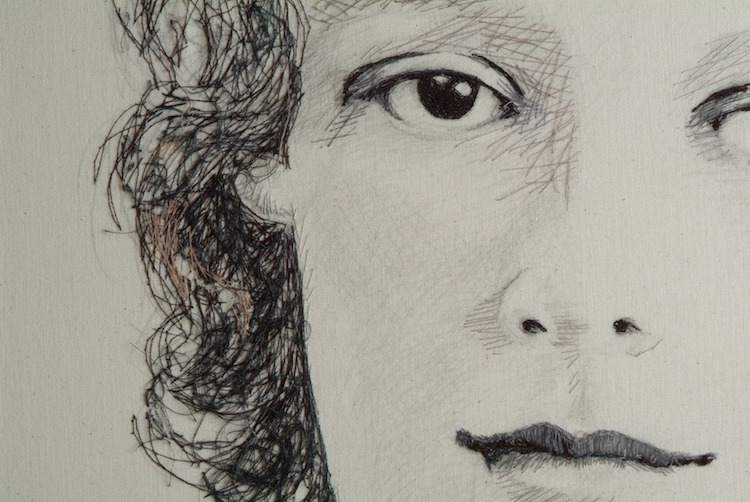
The second portrait is from a photo of Kath aged 88 which I took when she came round for tea one afternoon.
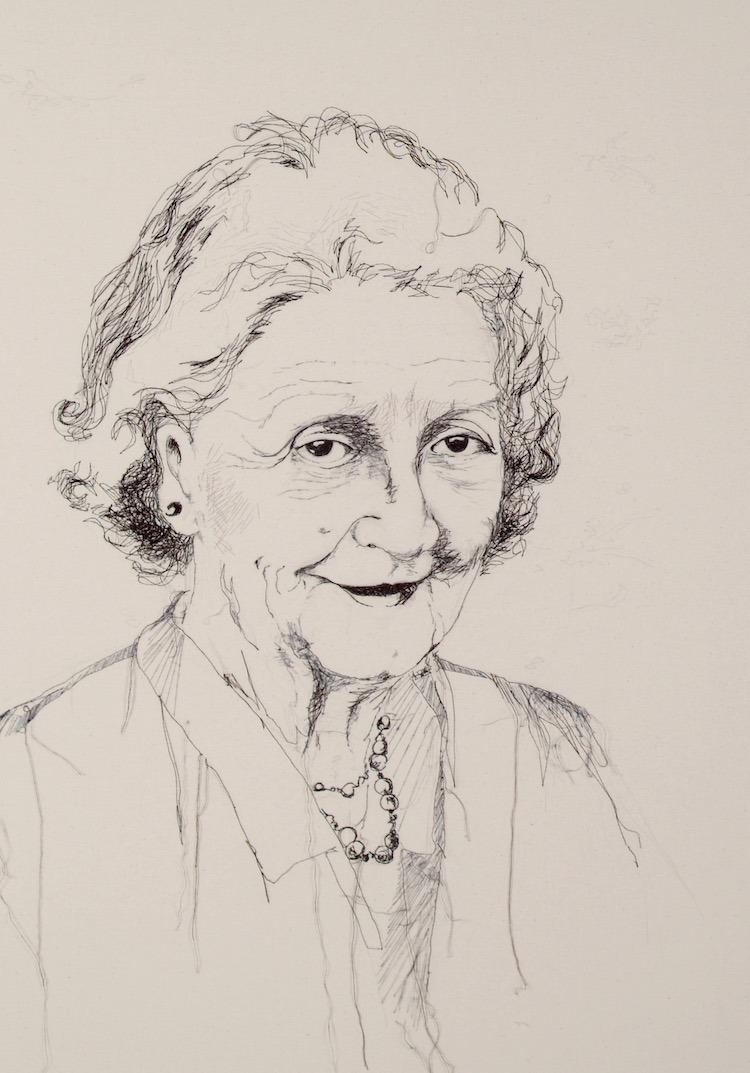
She had that same wistful look in her eyes as she had when she was 18. I tried to capture that connection in the two portraits. Kath was a lovely lady.
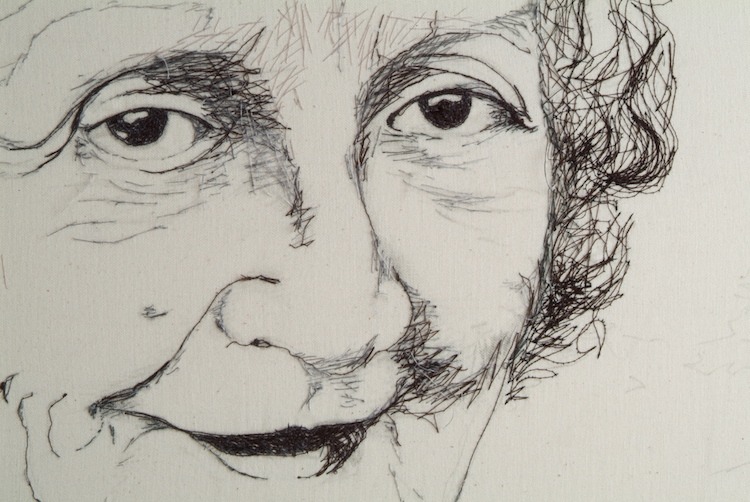
How has your work developed since you began and how do you see it evolving in the future?
I love drawing, so that is the main focus of my work. It has developed over time into experimenting with scale and using different media.
My work ranges from small intimate drawings with lots of tiny detail and texture, to large freely stitched loose images.
What advice would you give to an aspiring textile artist?
Don’t give up.
What other resources do you use? Blogs, websites, magazines etc.
What piece of equipment or tool could you not live without?
My old [easyazon_link identifier=”B0037IPE0S” locale=”UK” tag=”wwwtextileart-21″]Bernina sewing machine
Where can readers see your work this year?
I will be exhibiting at Bath Art Fair Friday 11th to Sunday 13th May 2018 where I shall have smaller pieces of stitched work for sale together with pen and ink drawings of the Bath area.
For more information visit: www.andreacryer.co.uk
Got something to say about the techniques, materials and processes used by this artist – let us know by leaving a comment below.
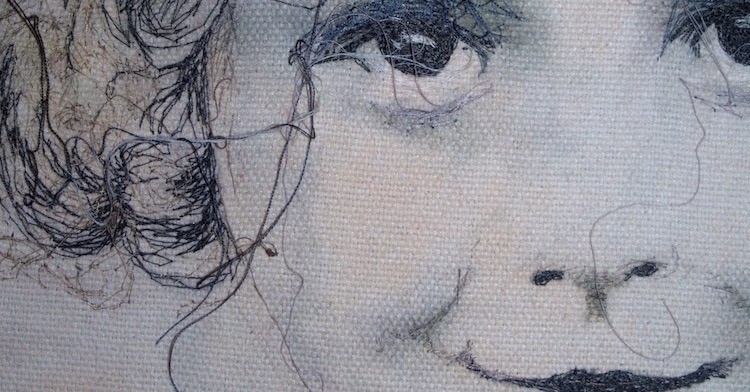
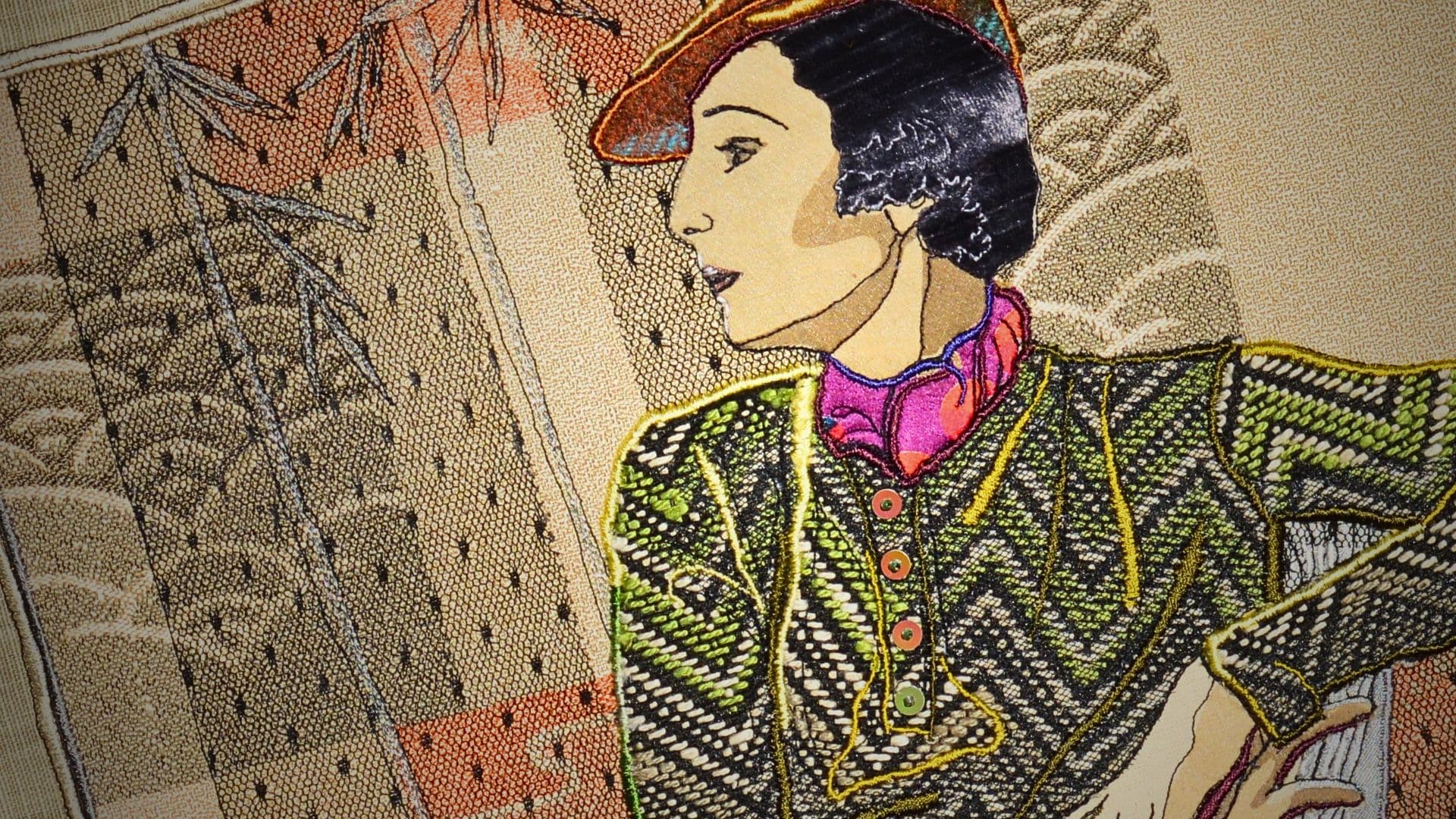
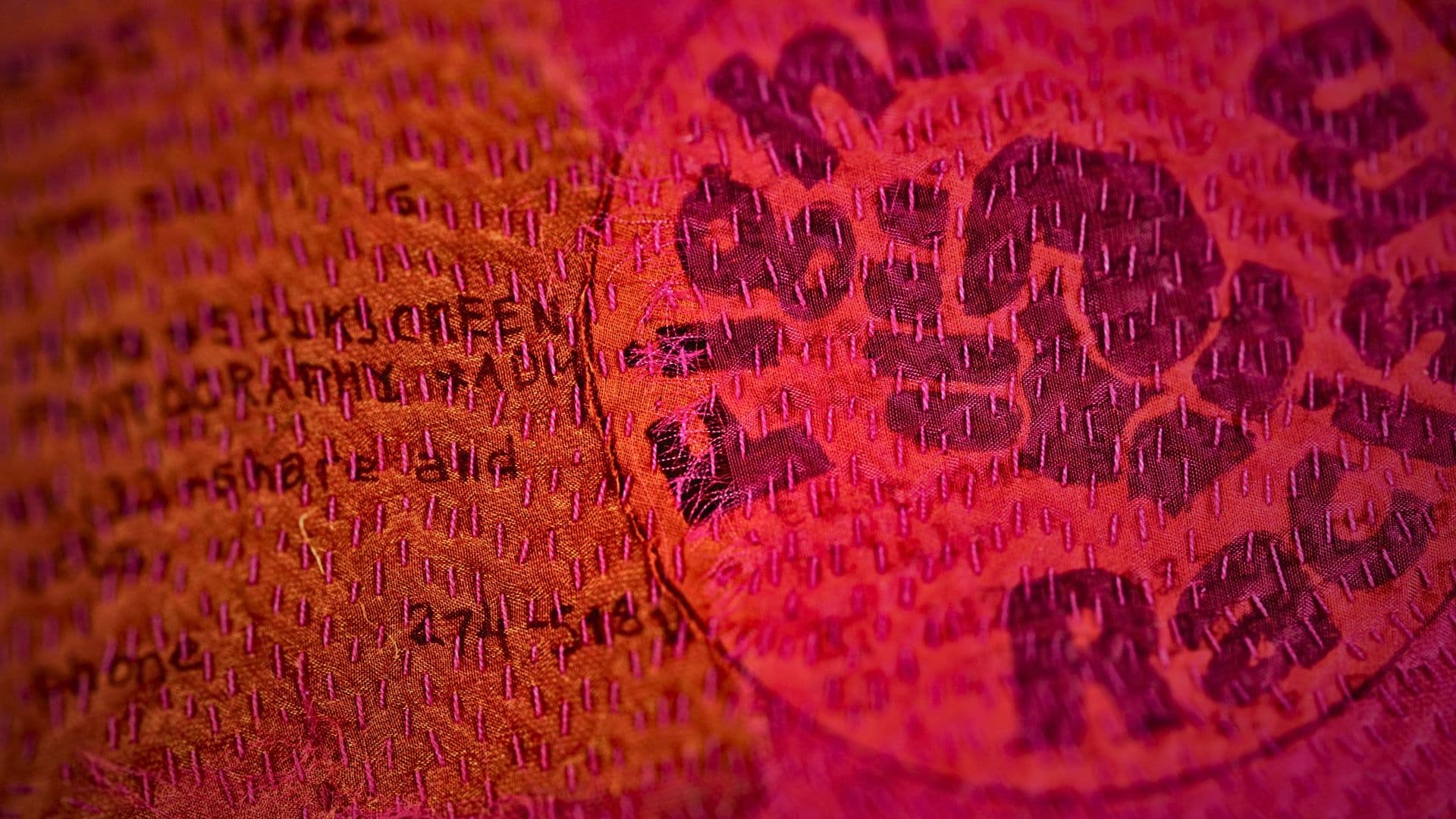
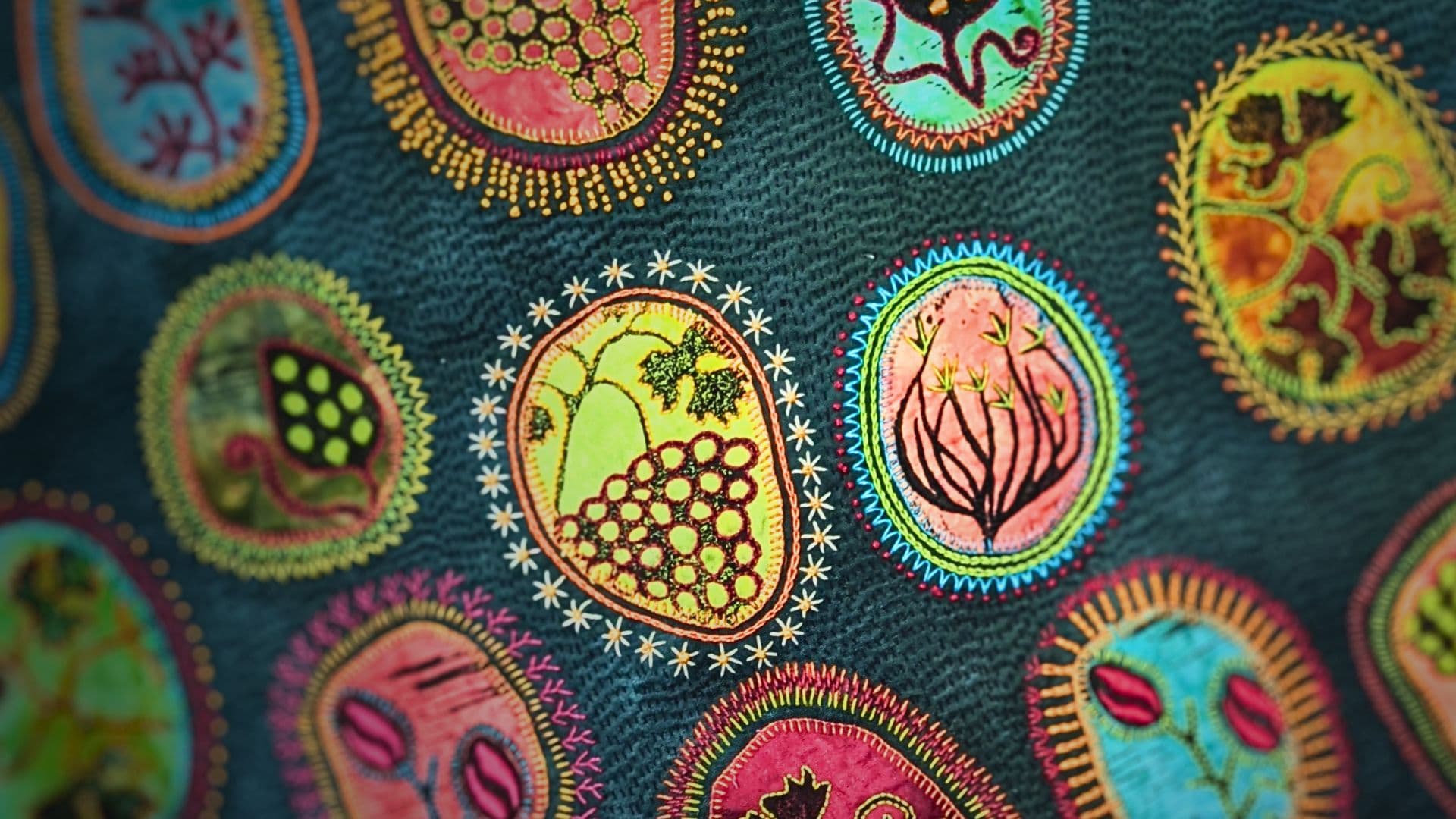
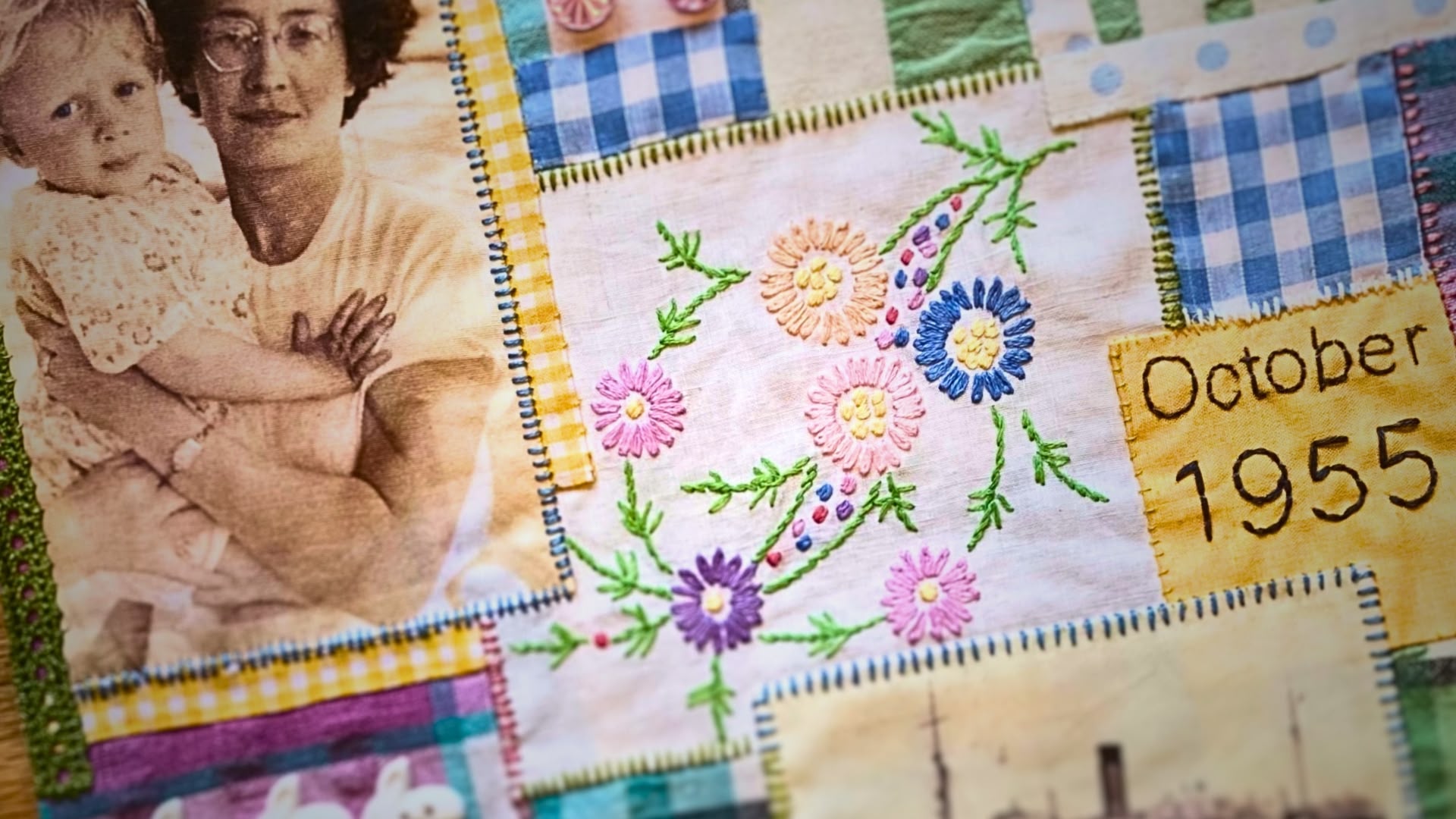
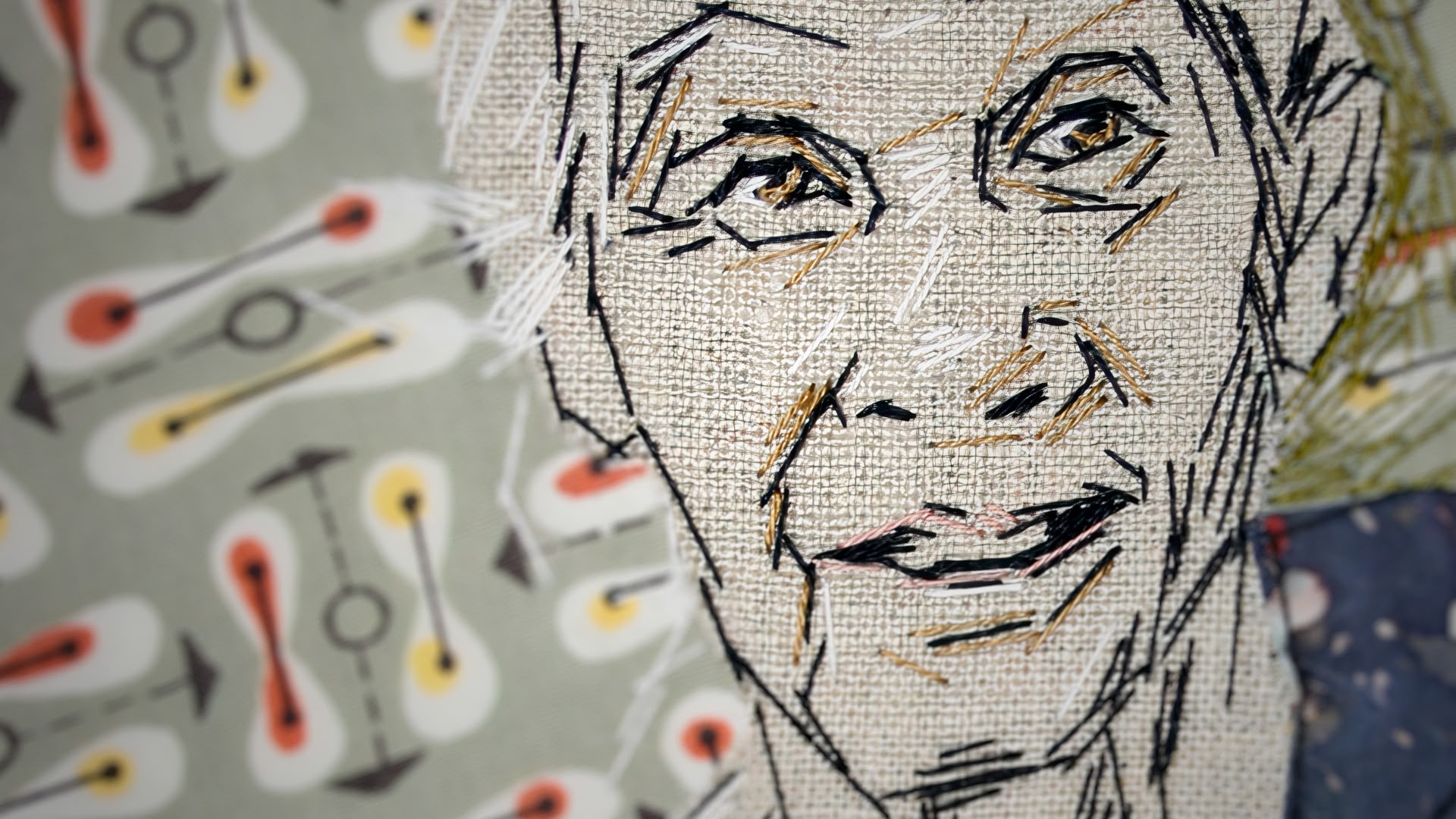
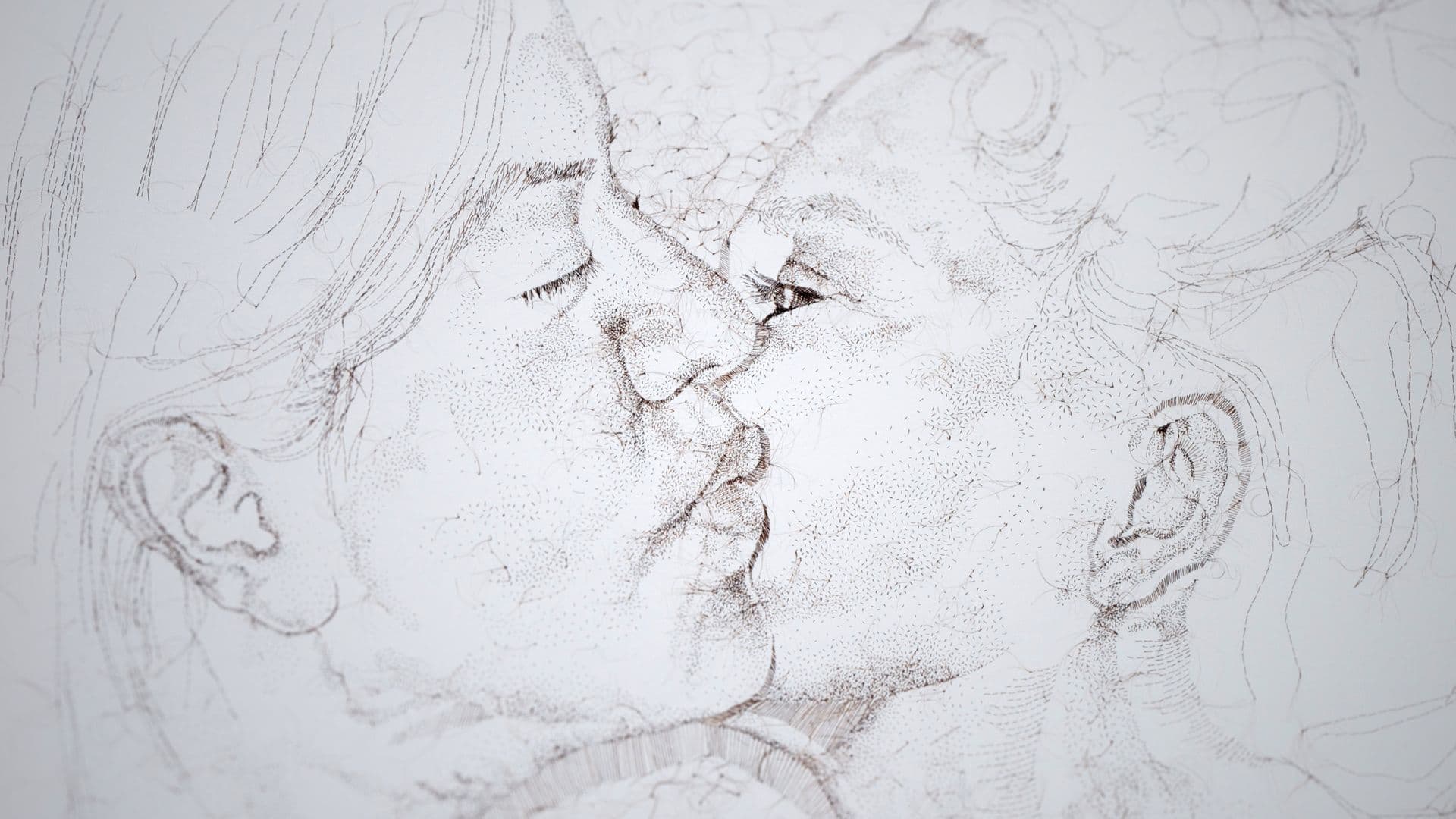
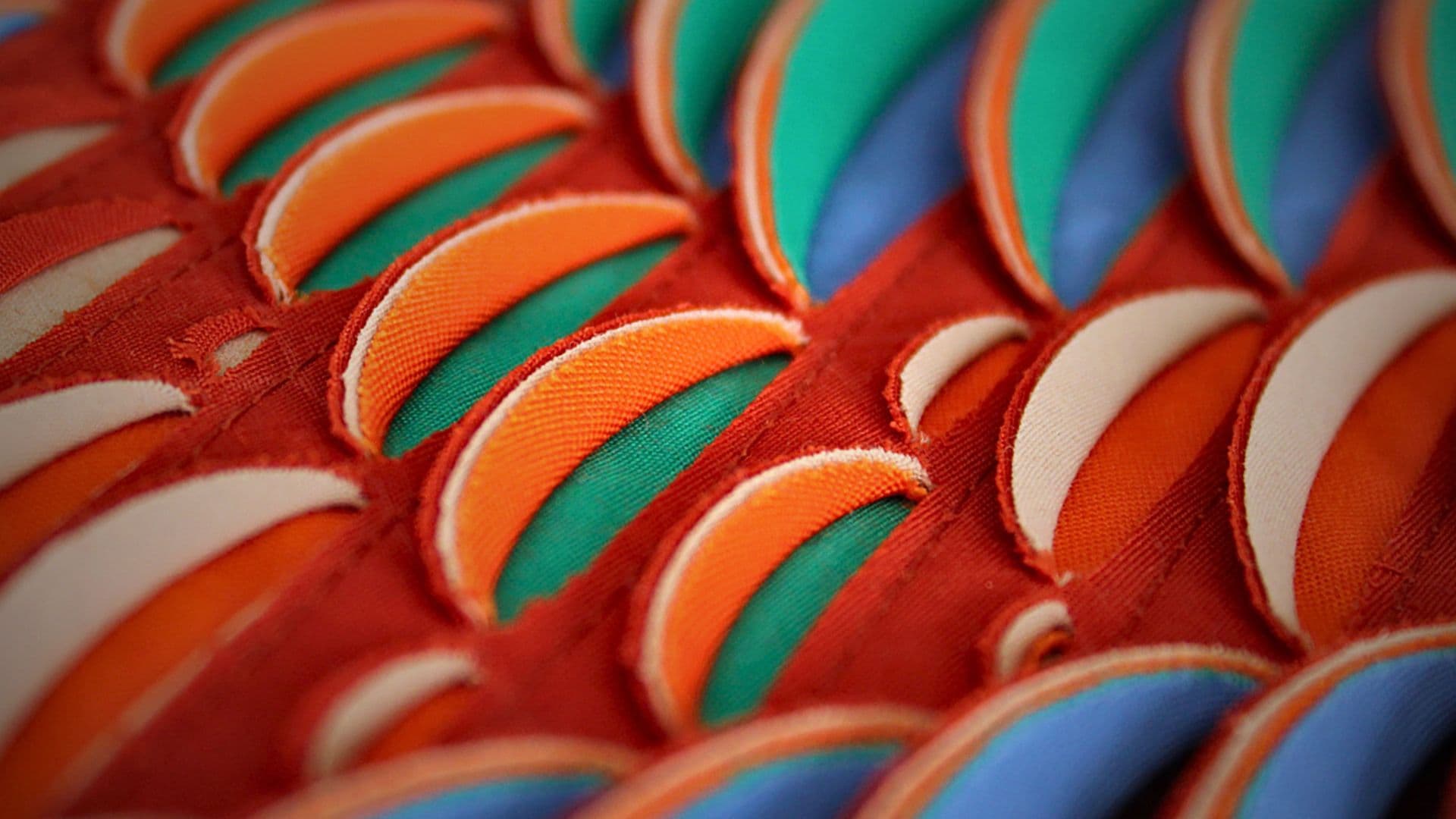

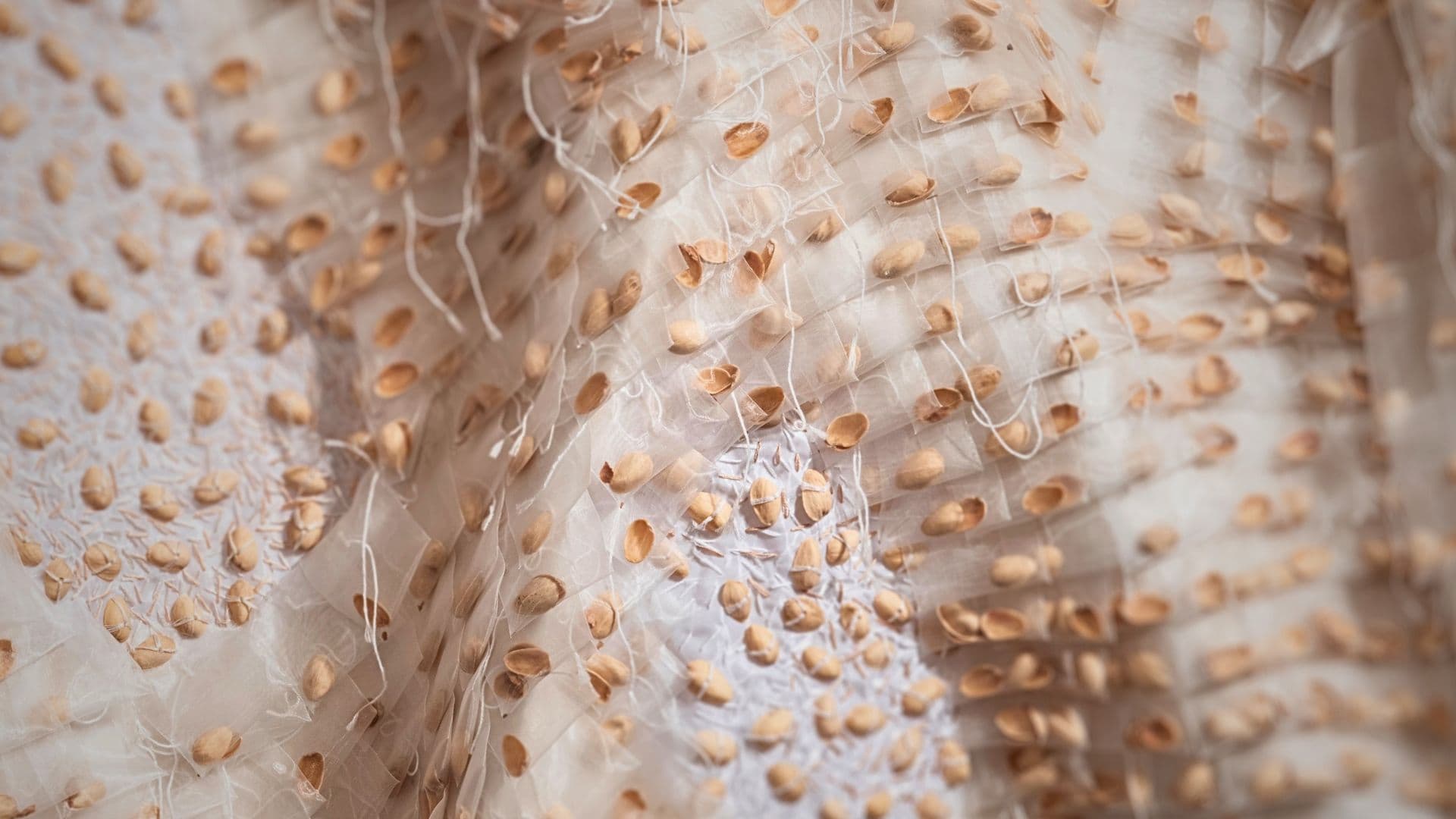
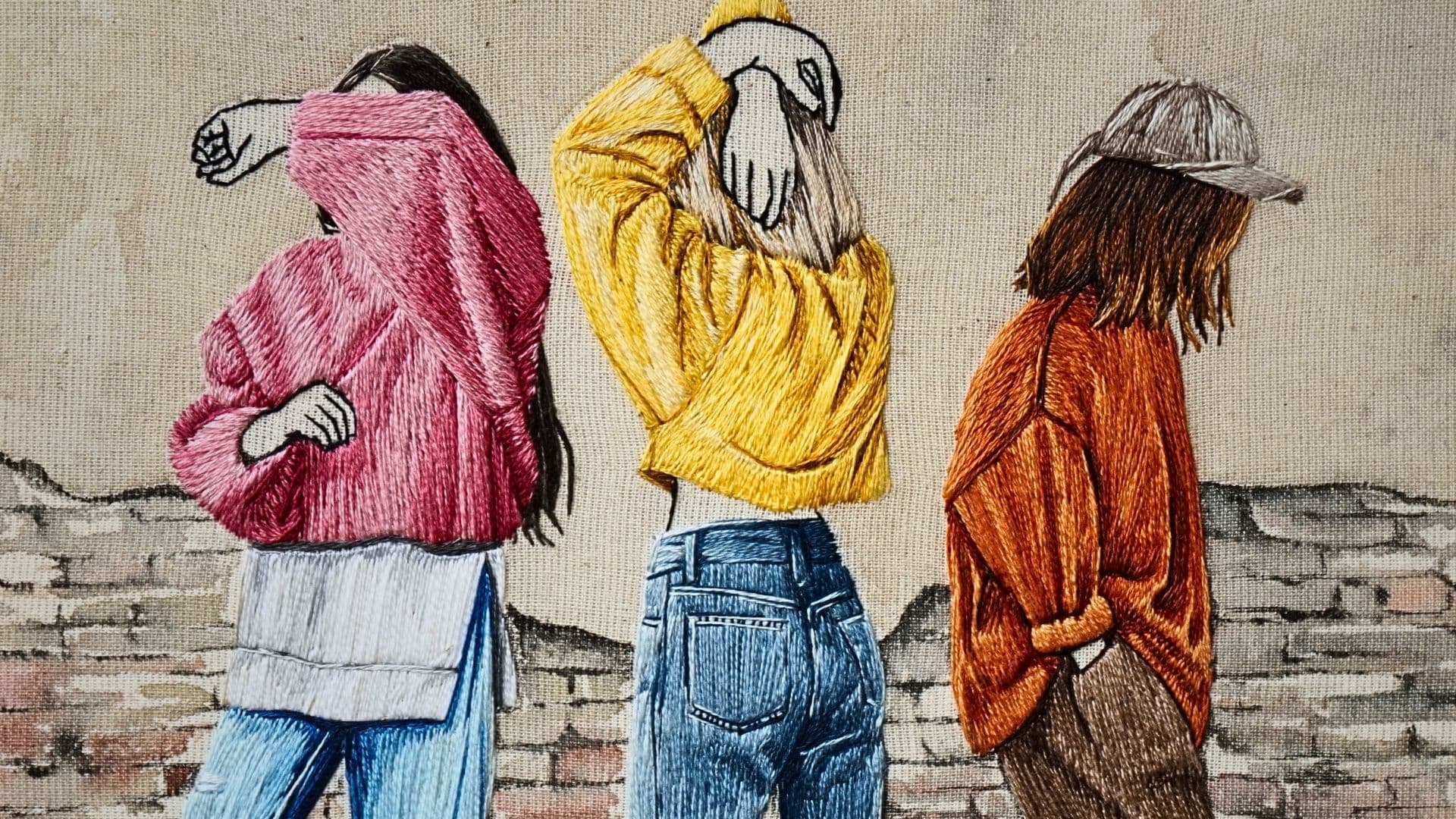
16 comments
Andrea Cryer
Thank you Teresa.
Please come and say hello if you visit the Bath Art Fair.
Andrea Cryer
Thanks for your lovely comments Anne
Teresa
What an inspiration. I can only imagine the hours of painstaking Work that goes into each piece. I loved the interview and to hear from Andrea herself how the whole process evolves from initial idea to the finished work. Most impressive and I look forward to seeing more of her work at the Bath Art Fair.
ANNE VINGOE
I have known Andrea for some time and have seen some of her beautiful pieces of work and in fact am so lucky to own one. However reading the interview I am amazed at the extent of her talent as it has blossomed. I love them all for their variety and particularly the Flemish Weaver.
Hannah Grace
So very excellent ! !
Andrea Cryer
Thank you 🙂
Andrea Cryer
Thanks Glenys ! Chloe’s portrait is one of my favourites 🙂
Glenys Chapman
A thought provoking, inspiring interview that lets you into Andrea’s artistic methodology. Her art has always been entwined with who she is and thus allows her to work with intellect, passion and warmth which is evident in how breathtakingly real her portraits are. Her portrait “Chloe” is my beautiful daughter whose personality is so truly captured within those detailed stitches. Well done my lovely artistic little sister.
Andrea Cryer
Its great to hear such kind, considered and positive comments.
Many thanks
Linda Carswell
What an inspiring interview, what lovely portraits! I wonder if she works from photos all the time? or sketches?
Miss Melanie Anne Jones
Great detailed interview! What beautiful pieces of work the needle craft is so intricate that the pictures look almost life like . A brilliant idea to transform a wedding photograph or a personal portrait . What wonderful creativity a joy to view , it’s too hard to select a favourite.
Andrea Cryer
Thank you for reading and for your lovely comments.
I add colour using dysperse dyes which are heat transferred onto the canvas, often overlaying two or three colours to get the effect I need.
Angela Jordan
The portraits of her mother in law are so special.
Angela
MaryAnn
Excellent interview! What an exceptional artist! Her drawing skills are wonderful—such evocative expressions and the cityscapes are lovely…I’m intrigued by the addition of colour using dyes. Does she paint with thickened dyes to keep them from spreading?
Thanks for this!
Frankie Leon
I am in awe of Andrea Cryer’s process. There is so much spontaneity and movement in her images. She makes it look so simple …………
I am completely filled with inspiration.
Thank you!!
Andrea Cryer
Many thanks for your kind comments.